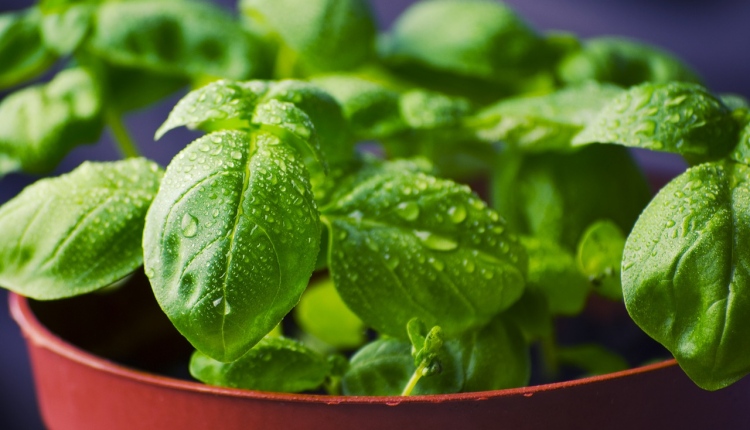Why Do Plants Grow Better in Greenhouses?
It’s a proven fact that plants grown in greenhouses fare way better than their open-garden counterparts and this has been narrowed down to the controlled setting that such an environment offers compared to the open-world alternative where plants are at the mercy of adverse weather changes. Without beating about the bush, let’s straight away plunge into why greenhouse plants turn out better.
1) Regulated temperature

Temperatures can fall or rise drastically as days turn into nights and vice versa which means plants are subjected to fluctuating heat within a 24-hour span which causes a buildup of stress and consequently results in limited growth in the long haul. Conversely, inside a greenhouse, the temperature is maintained within a constant threshold via the use of air ventilation and heaters which further provides the added benefit of altering temperature as heat demands of a plant change across various phases.
2) Concentrated supply of carbon dioxide
If you remember your high school chemistry a little bit, you’ll recall that sunlight and carbon dioxide are the two primary ingredients needed for photosynthesis i.e. the process by which plants make their own- and by extent our- food. A properly ventilated greenhouse is imbued with well-placed fans throughout that ensure the constant availability of peak concentrations of carbon dioxide around the foliage which is where all the action takes place. This consequently results in larger leaves, early fruiting and flowering, stronger plant stems and better yields compared to plants battling it out the with elements outside.
3) Disease and pest infestations are kept at arm’s length

Pest and disease are a farmer’s worst nightmare as it means that your hard work and months of literal toiling can all be undone overnight. You’ll never have to worry about that however if you turn to a greenhouse garden as it is your plant’s best defense at whatever nature throws your plants’ way. The soil is methodically chosen so that it is free of pest and harmful diseases whilst the inside environment as a whole is made hostile and unfavorable to fungi and other pathogens. With the speed bumps of repair due to disease and pest attacks out of the way, your plants can focus on growing instead of concentrating efforts on defense at the expense of productivity.
4) Perfect humidity

Adequate moisture in the soil and in the surrounding air is a requisite for plants as low humidity in the air would mean that the plant has to meet most of its demands via the roots which can cause water stress and thereby increased vulnerability to pest and diseases not to mention curtailed yields. A greenhouse strikes a nice balance of atmospheric humidity excellent for accelerated crop growth.
Growing plants in an open garden is certainly great but doing so in a greenhouse can accelerate the convenience and effectiveness of the endeavor tenfold. Many are put off by the cost of setting up a greenhouse but you should know that it doesn’t only refer to big and sophisticated industrial settings with endless rows of state-of-the-art equipment as a small-windowed and well-designed structure can also be an excellent greenhouse.

